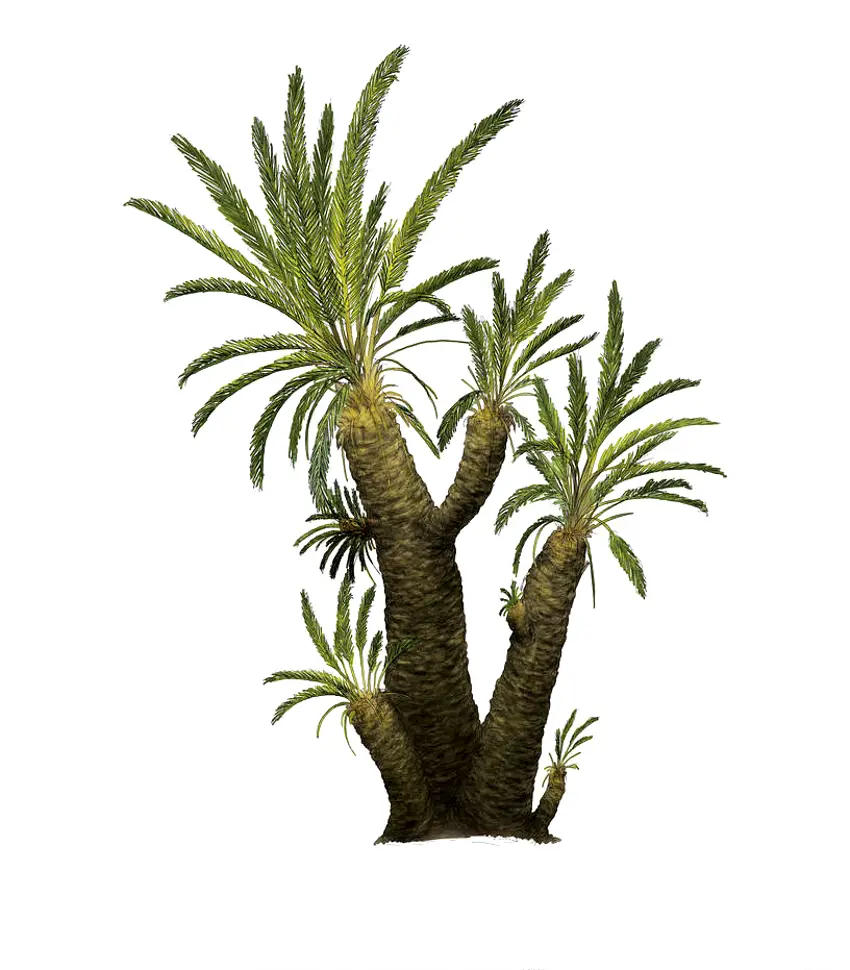Contents
CLASSIFICATION OF WILLIAMSONIA
Kingdom :- Plantae
Division :- Gymnospermae
Class :- Cycadopsida
Order :- Bennettitales
Family :- Williamsoniaceae
Genus :- Williamsonia
TO STUDY THE EXTERNAL FEATURES OF THE PLANT
- Many species have so far been reported from upper Triassic and Jurassic beds of India, Europe and north America.
- It was earlier placed under Zamia gigas by Williamson (1868). Later it was named in honour of its discoverer. Williamsonia sewardiana is the best known species described by late Professor Birbal Sahni from Rajmahal Hills, Bihar (India). Gupta (1953) later described another species from Rajmahal Hills and named it after Professor sahni.
- sewardiana had a study columnar trunk similar to that of Cycas. It had a crown of pinnately compound leaves. The stem was covered with alternating areas of large (foliage) and small (scaly) leaf bases.
- The leaf was placed in from genus Ptilophyllum. It has linear and parallel veined leaflets similar to, those found in Zamia.
- The lateral branches were borne through leaf bases and possessed flowers. These branches were also covered with scales and bracts.
- The flowers were unisexual.
IDENTIFICATION OF WILLIAMSONIA
- DIVISION – Gymnospermae
- Ovules naked
- Seeds attached to scales
- Scales forming a strobilus
- Class:- Cycadopsida
- Wood manoxylic
- Large frond-like leaves
- Seeds with radial symmetry
- Order– Bennettitales
- Tree trunk covered with mantle of persistent leaf bases.
- Microsporophylls in groups, at the tip, leaves frond-like.
- Megasporophylls in cone like organization.
- Family – Williamosniaceae
- Stem delicate, branched,
- Inflorescence stalked or sessile, not sunk in the scales of peristent leaf bases.
- Genus – Williamsonia
- Stem study and columnar
- Leaves pinnately compound
- Lateral branches with flowers.
REFERENCES
- https://en.wikipedia.org/wiki/Williamsonia_(plant)
- Text book of practical :- botany


Leave a Reply